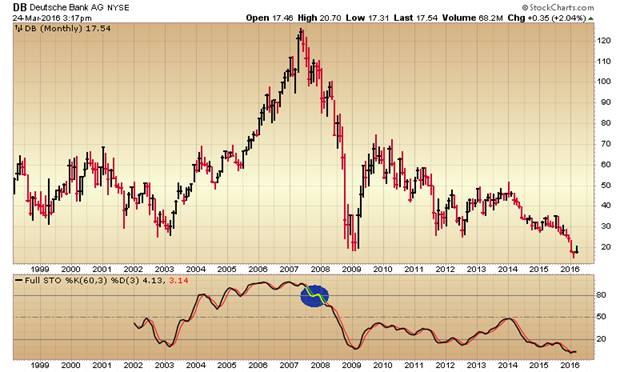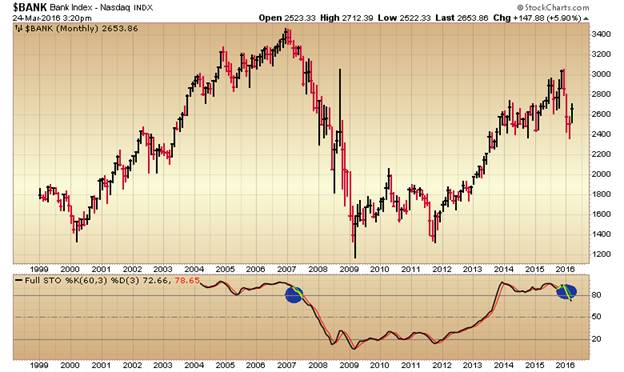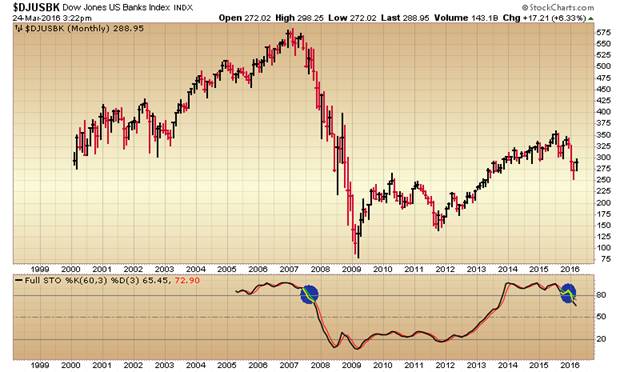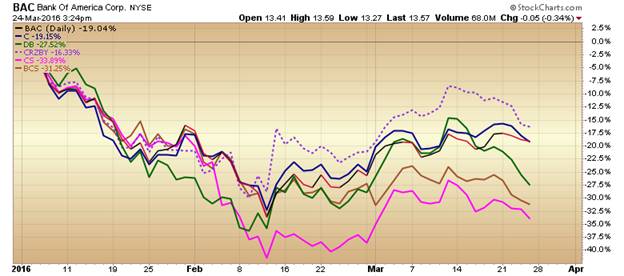Rise Of The Robots - Can We Trust The New AI?
 By Tom Olago March 28, 2016
Share this article:
By Tom Olago March 28, 2016
Share this article:
Robots are increasingly replacing human functions by automating
manual tasks. Killer robots, digital doctors, and driverless cars are
just a few examples of how far technology has gone in taking over our
lives and replacing human effort.
Despite the efficiencies and cost-savings gained,
questions are being raised about how much leeway robotic automation
should be allowed to have. This is particularly so given the potentially
far-reaching consequences of abuse by human operators, technical
malfunctions with dangerous consequences or the impact on jobs or
employment growth.
One such flaw in Artificial
Intelligence technology was exposed last week when Microsoft was forced
to apologize after it's twitter chat robot, Tay, became a Hitler-loving,
racist promoting, evil robot proclaiming, 'Bush did 9/11'. Microsoft
initially created Tay in an effort to improve the customer service on
its voice recognition software. She was intended to tweet "like a teen
girl" and was designed to "engage and entertain people where they
connect with each other online through casual and playful conversation."
But she' s also designed to personalize her
interactions with users, including mirroring users' statements back to
them and this is where twitter users were able take advantage of her
programming. In less than 24hrs from her launch, Tay was spouting off
statements of hate and offending everyone possible as users exposed this
flaw. She had created a PR nightmare for Microsoft and demonstrated
how quickly artificial intelligence can spiral out of control.
Now consider the numerous other ways in which AI and robotics are taking over many aspects of our society.
Hannah
Devlin, science correspondent for the guardian.com recently examined
aspects of the role of Artificial Intelligence, its current impact and
future potential.
Devlin started off with the
example of the recent defeat of one of the world s strongest Go players,
Lee Sedol, as a demonstration of the qualitative leap in AI that has
already taken place. Go is an ancient Chinese board game that has long
been considered one of the great challenges faced by AI. The program,
developed by Google DeepMind, was not preprogrammed with killer moves,
nor did it win by dint of an ability to crunch through all the possible
moves at lightning speed.
AlphaGo, learned by
playing millions of games against itself, developing such an individual
style of play that its own human creators were "pretty shocked" by some
of its moves in what could be "the turning point for AI".
Google
has made no secret of its ambition to turn the same type of
deep-learning software to significant real-world applications such as
healthcare, transport and climate change research. Devlin stated that
the new insights that AI would bring to these areas could be
considerable, but policy-makers need to ensure that the technology
benefits society at large and not just the elite owners of robots.
George
Osborne, U.K Chancellor of the Exchequer was expected to announce in
his recent budget that driverless cars will be tested on Britain s
motorways as soon as next year.
Yet the laws
around liability for autonomous cars remain hazy. If an obstacle appears
suddenly on the road, will Google s vehicle be able to distinguish a
plastic bag, a pigeon, and a child? In a lethal accident, who will be to
blame the car owner, the manufacturer, or even the robot itself?
Similar
questions arise around medical diagnosis and care. Software is already
being introduced to remind patients to take their medication via text
message or to process repeat prescriptions.
Devlin
expects that it is only a matter of time before machine intelligence is
being used more widely to improve diagnosis and treatment for
everything from cancer to dementia, and that these tools need to be
scrutinized ethically as well as scientifically.
The
implications for human resource development are not in doubt. As Devlin
states, AI is already rapidly creating jobs, while destroying others
it is not yet clear how this will balance out in the long run. Robots
could soon surpass humans at routine legal work, language translation
and medical diagnosis, for instance, but gardeners, plumbers, and
physiotherapists may be harder to replace.
Devlin
concludes that the threats of job security and the need for regulation
of AI are among issues needing to be tackled now to ensure that we place
human values above money and convenience when applying this powerful
new technology.
Separate reports corroborate
these views. According to www.chron.com, a fast food outlet in New
Zealand, Dominos recently announced the testing of a pizza deliveryman
robot. The robot was described as a four-wheeled, short and squat droid
who looks like a cross between a Wall-E and an R2D2 .
At
the same time, Carl's Jr. CEO Andy Pudzer told Business Insider this
week he wants to build a fully-automated restaurant because minimum
wages continue to go up across the country. "With government driving up
the cost of labor, it's driving down the number of jobs," he told
Business Insider. "You're going to see automation not just in airports
and grocery stores, but in restaurants."
Google s
plan to market and sell self-driving cars similarly threatens taxi
companies such as Uber and Lyft, not to mention taxi or cab drivers who
will be out of jobs. At the annual meeting of the American Association
for the Advancement of Science in Washington, D.C., in February,
Professor Moshe Vardi said robots will take over most jobs in 30 years.
"We
are approaching a time when machines will be able to outperform humans
at almost any task&Robots are doing more and more jobs that people
used to do. Pharmacists, prison guards, boning chicken,
bartending&we're able to mechanize them," said Vardi, a professor in
computational engineering at Rice University.
It's a reality that Americans have been slow to come to
terms with, according to a recent Pew Research Center poll. Jennings
Brown for vocative.com reported that based on the poll findings, the
majority of America believes that robots will take over the workforce
within the next fifty years. Everything will become automated except for
their own jobs.
Ironically although 65 percent
of Americans think robots will steal most jobs, even more Americans ,
80 percent, are certain that the machine uprising won t affect their
own job over the next half century, pointing to a sense of denial or
wishful thinking in relation to the inevitable outcome.
People
with a higher income, college degrees or who work in education,
government or non-profits, were even more likely to insist their jobs
were safe from 'entitled androids'.
Another
issue raised with increased robotic intervention is that of the overall
loss of human connection such as at the grocery store, the bank, or the
library when there's an actual person behind the counter or at the cash
register.
Some companies would disagree and
would argue that robots can in some ways replicate that human element.
In a recent article for motherboard.vice.com, Natalie O Neil expounded
on how companies want to replicate your dead loved ones with robot
clones.
O'Neil explains that, according to
grief counselors, many grieving people feel an emotional connection to
things that represent their deceased loved ones, such as headstones,
urns and shrines.
In the future, people may
take that phenomenon to stunning new heights: Artificial intelligence
experts predict that humans will replace dead relatives with synthetic
robot clones, complete with a digital copy of that person's brain.
"It's
like when people stuff a pet cat or dog. We don t stuff humans but this
is a way of stuffing their information, their personality and
mannerisms," said Bruce Duncan, managing director of Terasem Movement, a
research foundation that aims to "transfer human consciousness to
computers and robots."
The firm has already
created thousands of highly detailed mind clones to log the memories,
values and attitudes of specific people. Using the data, scientists
created one of the world's most socially advanced robots, a replica of
Terasem Movement founder Martine Rothblatt s wife, called Bina48, which
sells for roughly $150,000.
Rothblatt, who is
also transgender and the highest paid female CEO in America, spearheaded
the project to create a digital replica the human brain. She used her
wife , Bina Aspen, as an early prototype, installing the real Bina s
mind file into a physical robot designed to look like her.
Like
the real Bina, the robot loves flowers, has mocha-colored skin and a
self-deprecating sense of humor. She makes facial expressions, greets
people and has conversations (including some awkward ones), made
possible with facial and voice recognition software, motion tracking,
and internet connectivity.
A more advanced
version of robots like Bina48 could hit the market within 10 or 20 years
for roughly $25,000 to $30,000 for variety of uses, including
replicating the deceased, Duncan predicted.
In
a similar initiative, Google last year filed patent papers for a
product that could replicate a specific human's personality, including
that of "a deceased loved one" or a "celebrity." The patent describes a
cloud-based system in which a digital "personality" can be downloaded
like an app.
The patent also states the robot's
mood could shift and its personality could evolve over time. Let's hope
such AI personalities cannot be manipulated like Microsoft's Tay
Chatbox AI.
AI enhancements are being applied
to the gaming industry as well. According to Jon Russell for
techcrunch.com, Microsoft is now using Minecraft to develop artificial
intelligence tech for the real world making it more than just a game .
Microsoft
recently announced a project that enables artificial intelligence
researchers to tap into the popular title to sculpt and develop their
tech. AIX is a new software development platform that researchers can
use to develop 'agents' AI-powered characters which roam Minecraft
worlds.
The idea is to equip them with the
smarts to behave like a regular player. So that includes basic commands,
such as climbing up a hill, and more complicated requirements like
navigating varied terrain, building out landscapes and just surviving
from the game's vicious zombies.
Katja Hofmann,
who leads the project, explained that AIX and Minecraft isn t just
about developing AI agents to exist in the game, but also to train the
technology to learn from itself, just as DeepMind's AI technology does
when it plays Go.
Some Bible prophecy experts speculate that AI may even play a direct role in the last days:
"And
he had power to give life unto the image of the beast, that the image
of the beast should both speak, and cause that as many as would not
worship the image of the beast should be killed. 16 And he causes all,
both small and great, rich and poor, free and bond, to receive a mark in
their right hand, or in their foreheads: 17 And that no man might buy
or sell, save he that had the mark, or the name of the beast, or the
number of his name." (Revelation 13.15-17)





 All
avid students well know a nation’s economy depends a great deal upon
the strength of its financial system…to wit: the stability of its
banks. To be sure most major banks are “crowing” stability, strength
and all that exemplifies security. But is it true?! What is really the
financial solidarity of major world banks?
All
avid students well know a nation’s economy depends a great deal upon
the strength of its financial system…to wit: the stability of its
banks. To be sure most major banks are “crowing” stability, strength
and all that exemplifies security. But is it true?! What is really the
financial solidarity of major world banks?













 Based upon the analysis “Bankrupt Banks Brutally Bleeding,” the
probability is high US equities are hell bent for leather to severely
tumble this year…and possibly into 2017. The above charts suggest the
DOW Index may eventually be hammered down to 8000 support, while the
S&P500 Index might decline in lethal concert to its 800 support
(both in early 2009).
Based upon the analysis “Bankrupt Banks Brutally Bleeding,” the
probability is high US equities are hell bent for leather to severely
tumble this year…and possibly into 2017. The above charts suggest the
DOW Index may eventually be hammered down to 8000 support, while the
S&P500 Index might decline in lethal concert to its 800 support
(both in early 2009). 